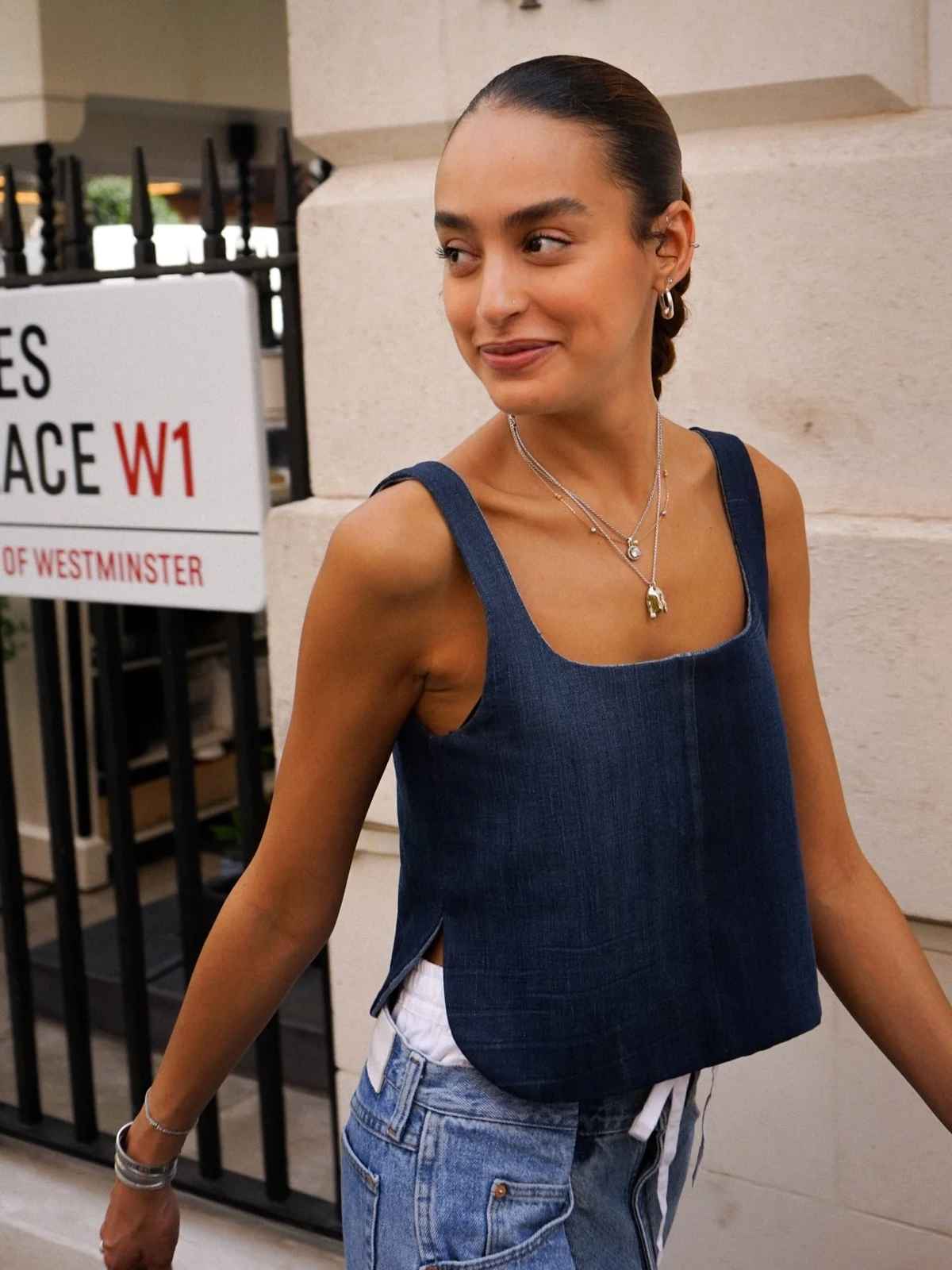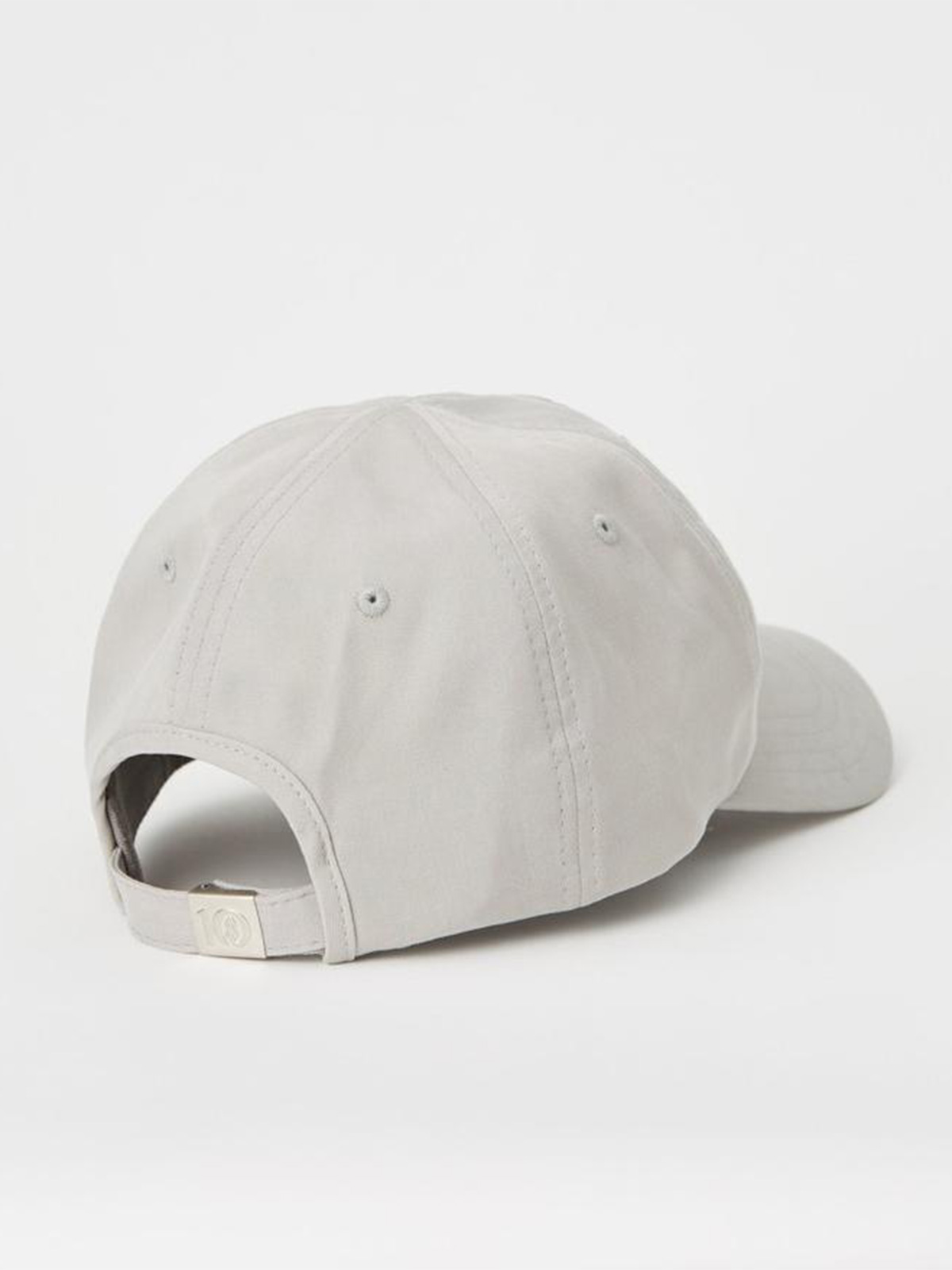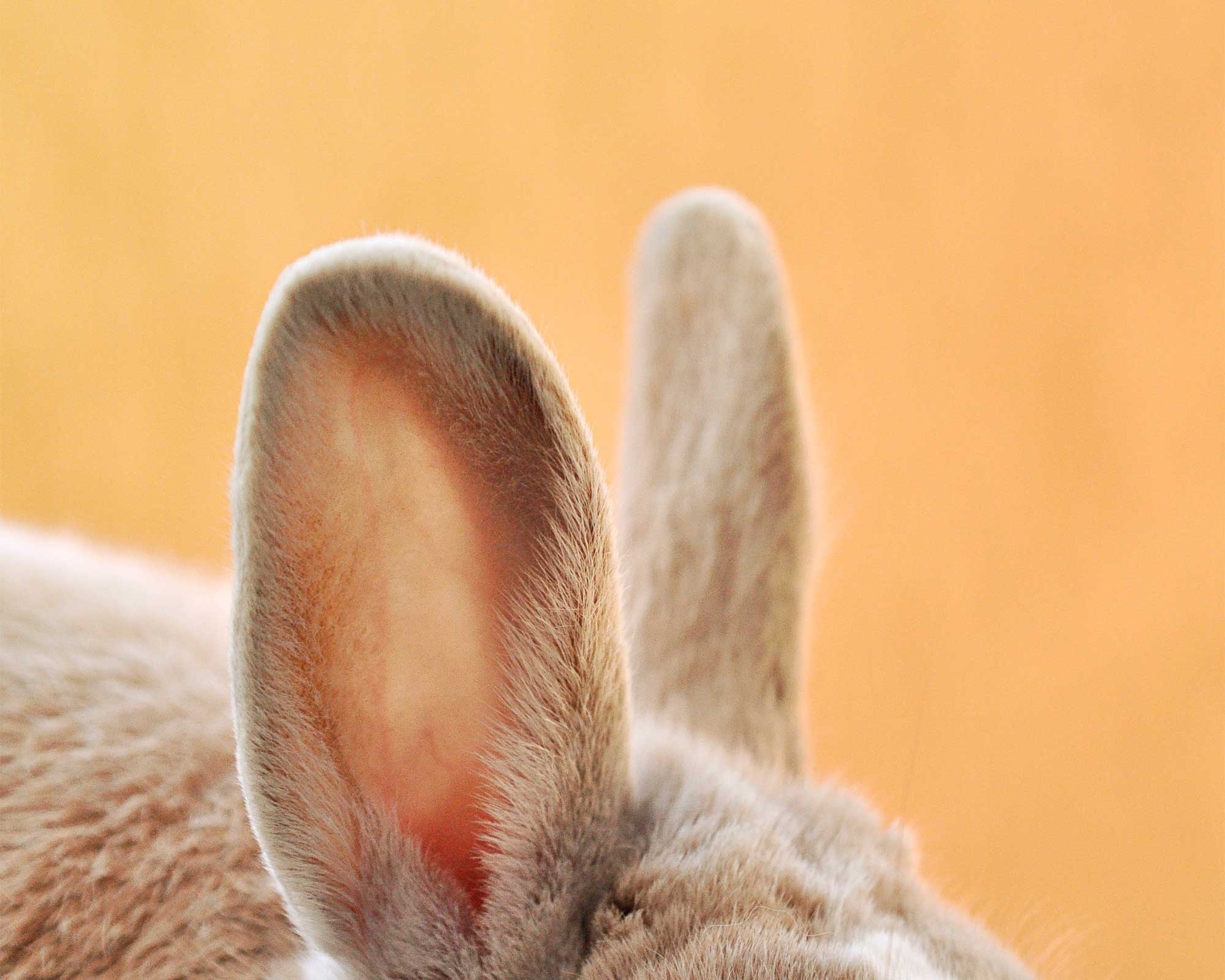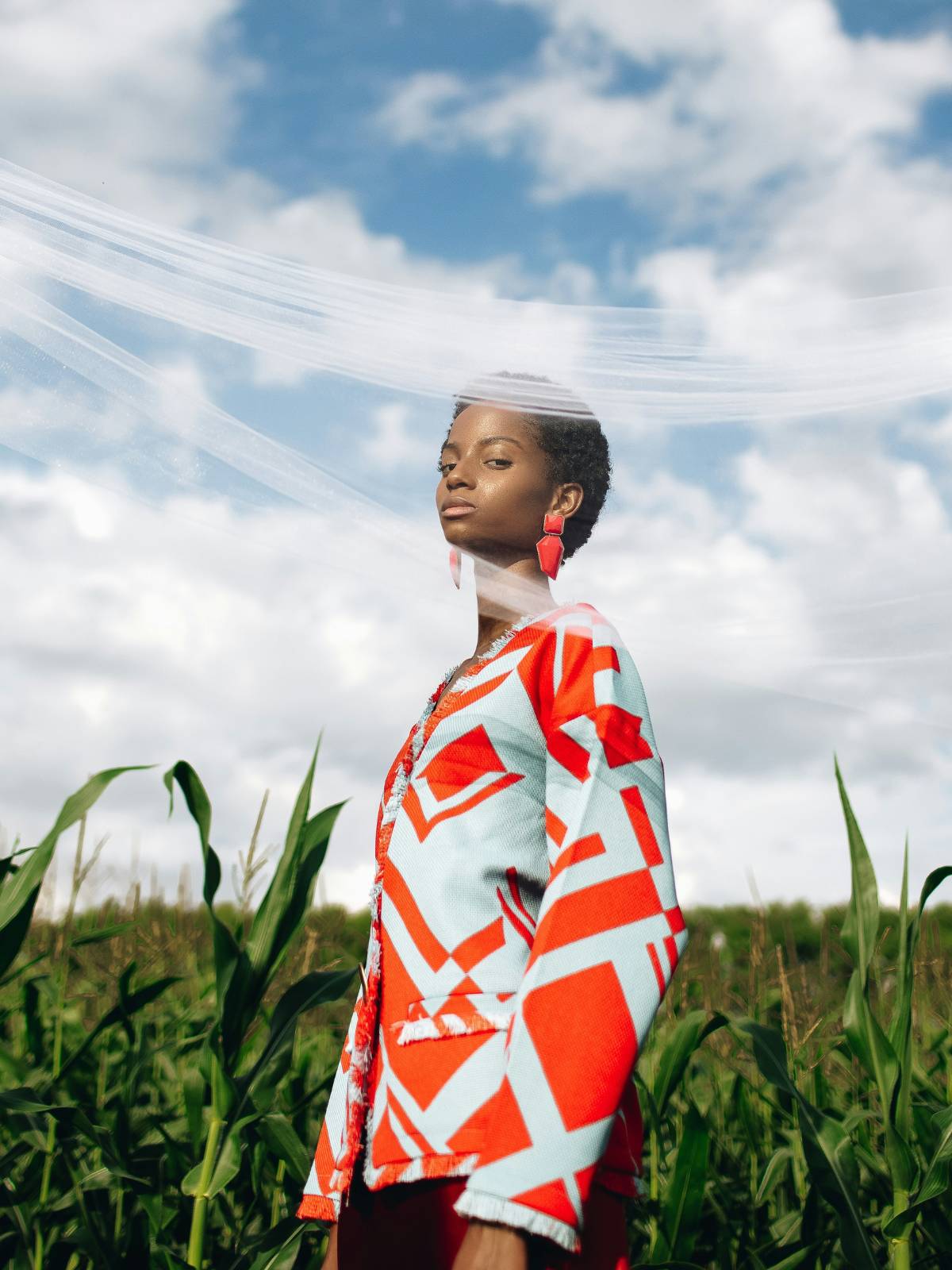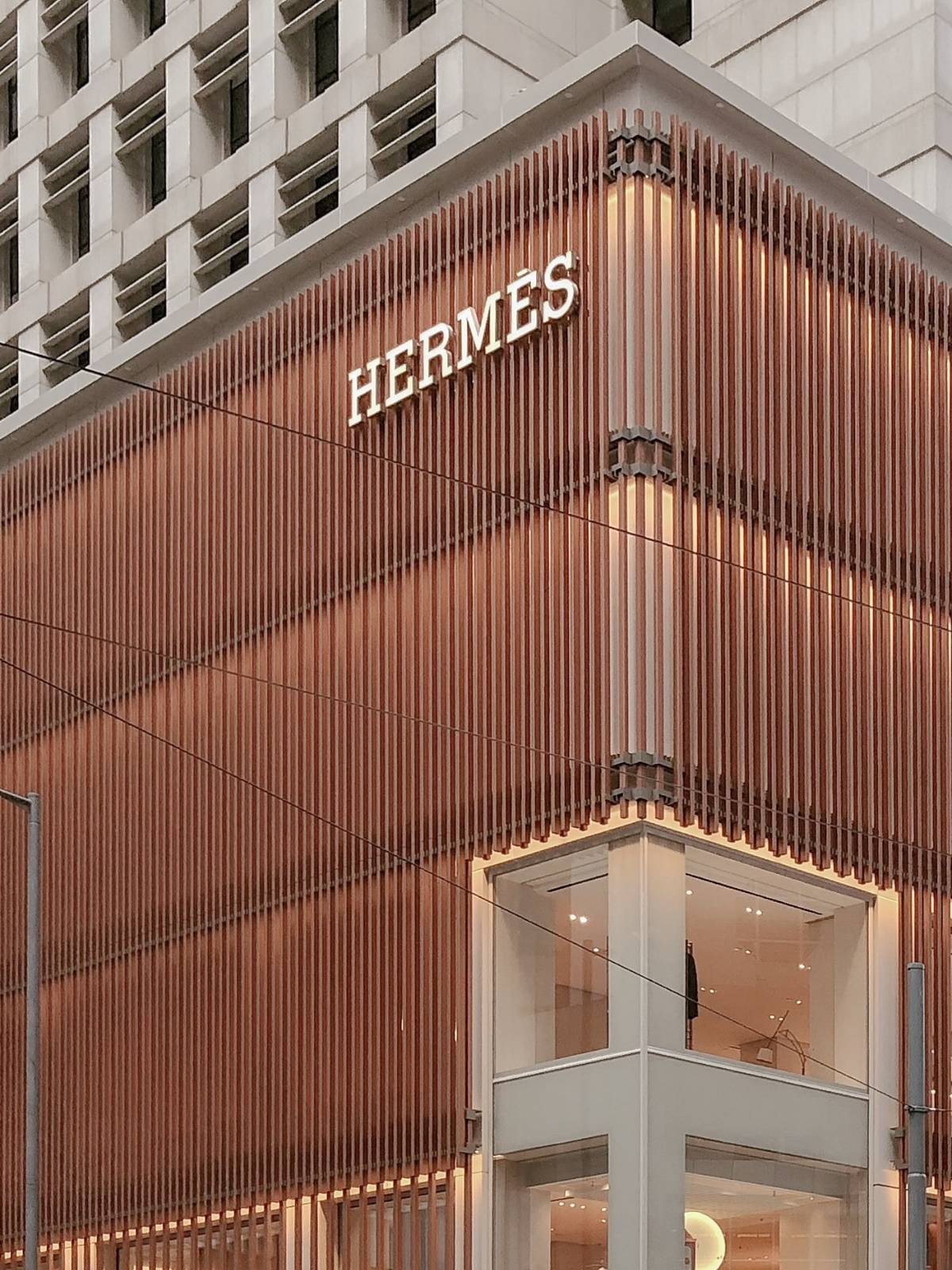Luxury brands are notorious for their use of cruel animal-based fabrics like fur and exotic skins. And while the anti-fur and vegan fashion movements have helped reduce some of the harm, there are still a bunch of high end brands that vegans should avoid.
Many luxury brands score poorly for animals
For decades, the fur coat was a pinnacle of luxury fashion. But in the past few years, luxury’s image is changing, partly due to the anti-fur and vegan fashion movements that have garnered mainstream support.
These days, one might associate luxury with “innovation and social responsibility”, PJ Smith, fashion director at the Humane Society US, told Business of Fashion in 2018. The anti-fur movement has ebbed and flowed since the late 20th century. But thanks to social media and outspoken animal rights activism—mostly spearheaded by younger generations—major fashion houses like Prada, Ralph Lauren, and Burberry have all banned fur. Global luxury group Kering, which manages the likes of Gucci, Bottega Veneta, Balenciaga, and Alexander McQueen, has also pushed through fur bans. And Kering is making moves to lessen the use of other animal-based materials, instead opting for recycled or innovative vegan alternatives.
Fur isn’t the only problem, though. Many brands still use cruel and often unsustainable materials like exotic animal skins and hairs (think crocodiles, minks, foxes, kangaroos, angora rabbits). Even more prevalent is the use of bovine leather, down feather, and sheep or alpaca wool—which, while hotly debated in the industry—are undeniably no-go’s for vegan fashion lovers.
In December 2021, global animal welfare organisation Four Paws released a report in partnership with Good On You assessing 111 brands across different markets on their commitment to animal welfare and sourcing transparency. As noted by journalist Lucianne Tonti for The Guardian, “While LVMH-owned Stella McCartney achieved the report’s highest score of 90%, the luxury sector fared the worst overall, receiving an average score of just 23% (lower than fast fashion at 53%).”
How animals are considered in our rating system
One of the three core pillars of the Good On You rating system is animal welfare. Whether you’re looking for cruelty-free and vegan fashion or simply concerned about animal welfare within fashion’s supply chains, checking the “Animals” section on brand listings in the directory or app can help to shed light on what matters to you.
What exactly constitutes a cruelty-free brand? And what do we investigate when scoring brands on animal welfare?
On our “How We Rate Fashion Brands” page, we give a high-level overview on what issues we consider when rating brands. Our rigorous ratings methodology evaluates 500-plus data points across more than 100 key issues, indicators, and standards systems to arrive at each brand’s score. For the “Animals” pillar, we determine whether brands use animal products in their ranges then, when applicable, investigate animal welfare policies and tracing across the supply chain.
We also identify and mark down brands that use fur, angora, and “exotic” animal skin or hair, consider wool use including “mulesing” and whether and how the brand uses leather, down, and other animal materials. We track commitments by brands to reduce the quantity of animal products, and ensure any welfare policies are being clearly implemented.
Brands rated by Good On You cannot achieve our highest score of “Great” for animals unless they are a 100% vegan brand, meaning they don’t use any animal products or by-products in their range.
The luxury brands vegans and animal lovers are better off avoiding
Wondering which luxury brands are still using harmful animal-based fabrics in their garments? Do they have animal welfare policies or trace animal products in the supply chain? And have they made any notable blunders or progress?
All of the following brands receive one of our two lowest scores for animals—“Not Good Enough” or “Very Poor”. While this isn’t a comprehensive list, it gives an overview of some of the most popular luxury brands on the market. Let’s take a closer look.
